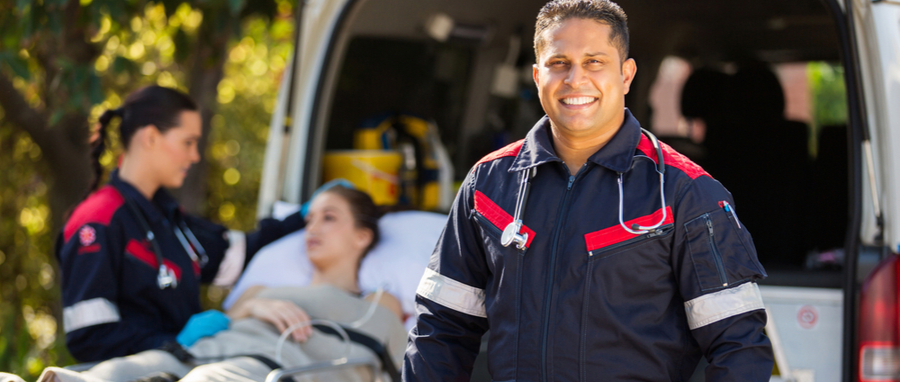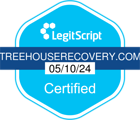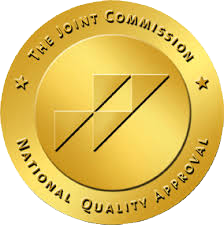Naloxone Hydrochloride is a life-saving invention and has already brought thousands of individuals back from the brink of death cause by opioid overdose. Called the opioid overdose reversal drug, Naloxone is administered either by injection or nasal spray and works to block the onslaught of opioid neurotransmitters from overwhelming opioid receptors in the brain, effectively stopping the effects of opioid and halting the process of overdose. While the medication and its effects are nothing less than miraculous there is a problematic caveat. Stopping overdose by way of stopping the effects of an opioid also means immediately cutting short the effects of an opioid, meaning, an individual who has their life saved also wakes up in withdrawal from opioids.
Many different components contribute to the ongoing addiction to opioid drugs, but one of the most significant is the attempt to stave off any withdrawal symptoms. Opioid withdrawal is considered one of the worst and can include severe, worse-than-flu-like symptoms, bad enough to keep someone in the cycle of using opioids rather than attempt to get through days on end of detox. Though Nalaxone is amazing in what it can accomplish, what the single-incident treatment leaves out is the “What’s next” step to address addiction, mental illness, and the potentially dangerous symptoms of withdrawal. Without a tangible plan of execution of what to do after saving a life from opioid overdose, many people are finding ethical difficulty in making the decision to use the drug. Should someone awaken from a Naloxone injection, suffer symptoms of withdrawal, then go out and use opioids again, they have a higher risk of overdose, and a greater risk of not coming back from it. Tragically, if someone who is addicted to opioids wakes up in withdrawal symptoms, their most probably next move is to get rid of those symptoms by using again, especially if they are not already in or on their way to a hospital.
Stories of people refusing Naloxone, also called Narcan, are becoming more common. The signs and symptoms of opioid overdose are easily confused with the signs and symptoms of simply being intoxicated on opioid drugs. Although it is nearly impossible to understand, there are people who would rather live through their high and risk overdose than have the effects of opioid drugs blocked. Unfortunately for well-intentioned citizens on the street, discerning the subtle differences between an opioid high and an opioid overdose is hard to do. People have taken to asking permission before administering or volunteering Naloxone, and they’re often surprised when the response is to please, don’t block the opioids from working. Should the rights and desire of someone who is consumed by a chemical dependency on life threatening drugs be taken as authority in a moment of potentially critical danger? Do strangers have the authority to take moral autonomy on someone else’s life? The questions are complex, at best, and infuriating, at worse. In August of 2018, the Centers for Disease Control reported that nearly 72,000 people died of opioid overdose in 2017, confirming that an opioid crisis of epidemic proportions is indeed on our hands. With miraculous life-saving drugs like Naloxone also easily in our hands, it is hard to imagine that an ethical debate would be presented at the moment of attempting to save one of those lives. However, that is the enigmatic and perplexing part of addiction, particularly opioid addiction. The will to live is compromised by the will to avoid symptoms of withdrawal and the effect of that strong drive ripples across to everyone someone who is addicted comes in contact with, even those who have the ability to save their life.
We believe in your ability to change. We know men struggling with addiction have the capacity to create transformative change in their lives, sustainably, building a sustainable sobriety and future. Call Tree House Recovery in Orange County, California today for information on our men’s addiction treatment programs: (855) 202-2138






